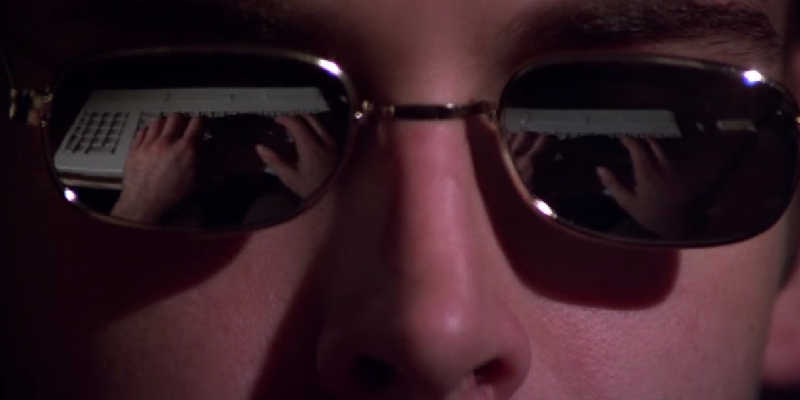
I decided early in my teenage years that I wanted nothing more than to become a software engineer and I have since dedicated myself to learning how to make, break, and recreate all sorts of cool things. At the time, the digital era was only beginning to take hold among the general public. Software licenses for Adobe Photoshop, Macromedia Dreamweaver, or (ahem) Visual Basic 5.0 cost hundreds of dollars, and putting that on my Christmas list was akin to asking for a pony— it simply wasn't going to happen. Although I would argue that the potential value of development software is significantly higher than a pony's. So lacking options I turned to the aid of a classmate who introduced me to the world of *nix and more broadly FOSS
This is where I learned the consequences of destroying your MBR (Master Boot Record) before knowing how to restore it. After many, many late-night hours trying to configure a usable X session, I spent countless more learning to configure a PPP (Point-to-Point Protocol) connection so that I could dial back into my ISP.
Each time I failed to get a working install, or encountered some connectivity roadblock I would reinstall Windows so that I could search AltaVista for some nugget of knowledge to write down before trying the whole process again. (Little did I know how common this experience would become in my career.) The first time I logged into a fully functional Enlightenment window manager, using the brushed-metal theme, I felt like I was Zero Cool himself. I know, I know, but I wasn't even old enough to get a learner's permit yet so cut me some slack.
Despite my early triumphs in the universe of compiling applications to run them, I still found myself captivated by the rapid growth of the web. The dot-com boom was just beginning, Amazon was still only a bookstore, and Google didn't exist—let alone was it something one “did.” Instead, online journals were written to no one in particular but to someone very personal just the same. Communities for all forms of interest were brimming with personas identified only by pseudonyms, their social status reflected by their well-invested signature art. Ad-free personal webpages were hosted on platforms like Geocities and Angelfire, each proclaiming its micronation status in giant (Comic Sans) letters. "Welcome to my corner of the web" would scroll endlessly from one side of the screen to the other while you scrolled down with intrigue. All the while, a MIDI recreation of some hit song would play out into the digital desert like an arcade radio station. If you were there for peak MySpace, you got a small taste of this. Tom was a real one.
I digress.
I wouldn't say that I wanted to be a software engineer specifically because of the state of the internet at the time, but rather because it represented to me the possibility that there existed a means for people to creatively express themselves, whether for everyone or no one to see. Infinitely large spaces were being occupied with the unabated creations of others, rather than algorithmically optimized doom-scrolls or personally invasive advertisements handpicked by companies with the means to dictate your experience. The old internet wasn't perfect—far from it —but it was way cooler.
The internet still contains some small pockets of creative magic, but by and large, it is much dimmer and far more artificial than it once dreamed of being. Our voices have been largely consolidated into carefully manicured spaces that some call "town squares." Creation and individuality are being locked within ecosystems firmly tied to real identities, where they can be cultivated into vast profiles, ready to be sold to whoever is willing to pay for access. Content is created faster than ever, while its form shrinks ever smaller as it fights to fill the rapidly dwindling space that remains of our attention.
So that is why I became a software engineer.
- ...because it lets me build cool stuff.
- ...because it allows me to sail my own boat.
- ...because it provides the paint to my brush.
- ...because it lets me do this...